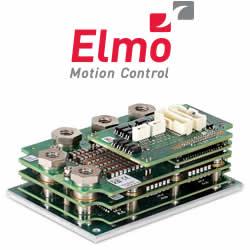Indoor Tracking Technologies in Robots & Drones
This thought experiment shows why robot localization, the task of maintaining a location position as robots move around, and obstacle avoidance, is so critical to the success of all non-stationary robots.
DIY Position Tracking Using HTC Vive's Lighthouse
From Alexander Shtuchkin:
Code & schematics for position tracking sensor using HTC Vive's Lighthouse system and a Teensy board.
General purpose indoor positioning sensor, good for robots, drones, etc.
3d position accuracy: currently ~10mm; less than 2mm possible with additional work.
Update frequency: 30 Hz
Output formats: Text; Mavlink ATT_POS_MOCAP via serial; Ublox GPS emulation (in works)
HTC Vive Station visibility requirements: full top hemisphere from sensor. Both stations need to be visible.
Positioning volume: same as HTC Vive, approx up to 4x4x3 meters.
Cost: ~$10 + Teensy 3.2 ($20) (+ Lighthouse stations (2x $135))
Skills to build: Low complexity soldering; Embedded C++ recommended for integration to your project.
(Github page)
Records 1 to 2 of 2
Featured Product

Elmo Motion Control - The Platinum Line, a new era in servo control
Significantly enhanced servo performance, higher EtherCAT networking precision, richer servo operation capabilities, more feedback options, and certified smart Functional Safety. Elmo's industry-leading Platinum line of servo drives provides faster and more enhanced servo performance with wider bandwidth, higher resolutions, and advanced control for better results. Platinum drives offer precise EtherCAT networking, faster cycling, high synchronization, negligible jitters, and near-zero latency. They are fully synchronized to the servo loops and feature-rich feedback support, up to three feedbacks simultaneously (with two absolute encoders working simultaneously). The Platinum Line includes one of the world's smallest Functional Safety, and FSoE-certified servo drives with unique SIL capabilities.

